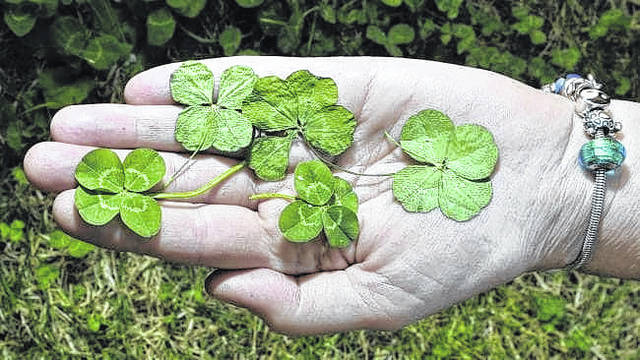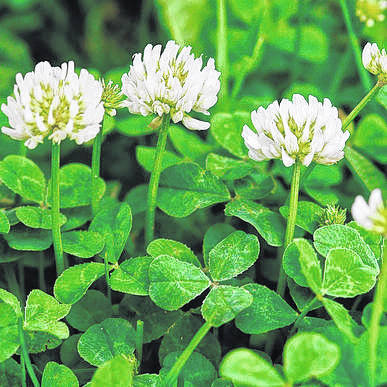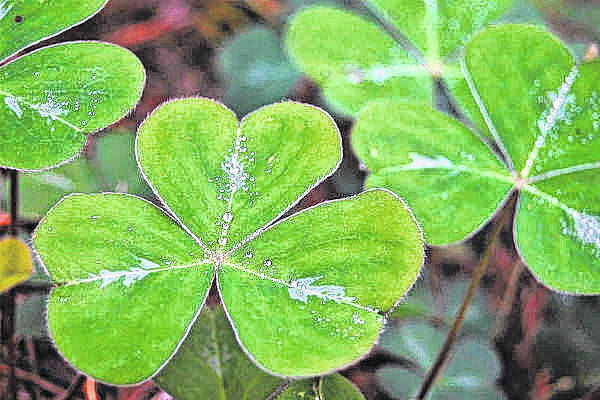ANSON COUNTY — With March now upon us, St. Patrick’s Day is right around the corner. But Leprechauns, green beer and pots of gold aside, there is another traditional symbol associated with the holiday — the shamrock.
But what exactly is is this little plant? Isn’t it just another word for clover?
In short, no.
According to botanists, the term shamrock is derived from the Gaelic word “seamrog” which means “little clover.” It is famous as a symbol of Ireland and lore states St. Patrick himself believed that the three tiny leaves represent the Holy Trinity.
Howevere, you might be surprised to learn there is no specific “shamrock plant.” In fact, most scientists agree that the term “shamrock” refers to Trifolium Repens — or the white clover.
Others believe that it is also used when referring to Trifolium Dubium or suckling clover. Both species have leaves that are separated into three leaflets, hence the term “trifolium.”
On the other hand, clover or “trefoil” is a common term that refers to any of the 300 species that belongs to the Trifolium family. Trifolium plants like the red clover, white clover, Swedish clover, strawberry clover and Alsatian clover are small, green, flower-bearing, and herbaceous. They can be short-lived, perennial, or annual and if you’re anything like me, you’ve got plenty in your back yard.
A clover is trifoliate, which means the leaves are subdivided into three toothed leaflets, although four-leaf, five-leaf, and six-leaf clovers can be occasionally found due to a natural genetic mutation.
It is believed that there is only one four-leaf clover in a hundred thousand three-leaf clovers, which is why it is widely accepted as a symbol of luck. Some people also believe four-leaf clovers represents faith, hope, love and luck.
What, then, is the difference between a shamrock and a clover?
Well, “clover” is just a generic term that refers to trefoils, or any of the 300 species that belong to the Trifolium family. But a “Shamrock” has to have three leaves — just like St. Patrick liked ‘em. Never four.
And there you have it: All shamrocks are clovers, but not all clovers are shamrocks. Of course, not everyone has a botanist handy to point out the difference so in all likelihood, you’ll see plenty of four-leaf clovers on St. Patty’s Day — just don’t call them Shamrocks.
Reach Kasie Strickland at 864-855-0355.



